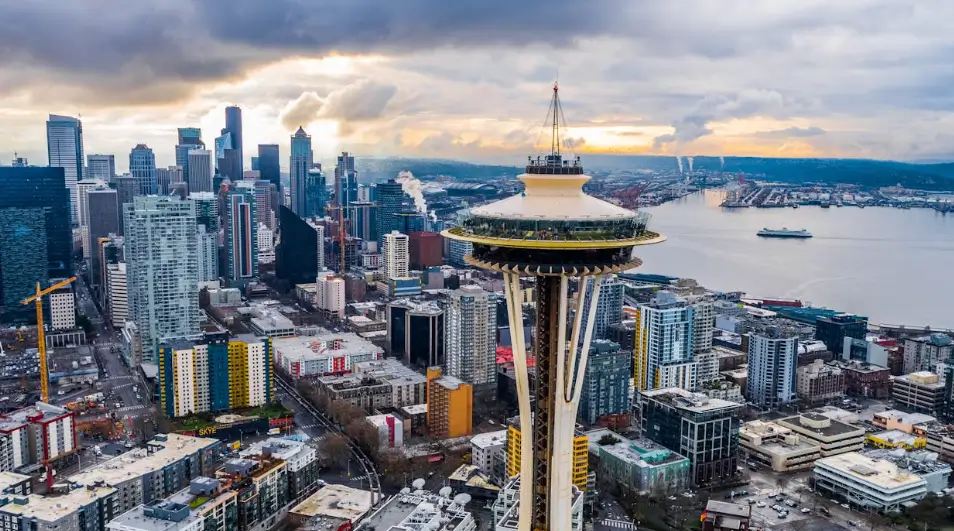Tired of zoning rules that only talk about use and not what things actually look like? You’re not alone and you’re in luck! Enter form-based codes.
Form-based codes are one of the biggest shifts in zoning thinking in decades and they’re changing how neighborhoods are shaped, block by block.
Let’s unpack what they are, why cities are using them, and what it means for the places we live in.
What Is a Form-Based Code?
A form-based code (FBC) is a zoning approach that focuses more on the physical form of how a building or space looks rather than on how they’re used.
In other words:
Traditional zoning = "You can only build a house here."
Form-based zoning = "You can build here — and it should be 2–3 stories, up against the sidewalk, with a porch or storefront."
It’s about how places feel, the scale, the design, the relationship to the street, not just what’s happening inside the walls.
Why Are Cities Using It?
Because traditional zoning often leads to:
- Strip malls with massive setbacks
- Parking lots fronting every building
- Blank walls where there should be windows
- Mismatching street character
Form-based codes flip that. They aim to:
- Create walkable blocks
- Align buildings with public spaces
- Encourage the mixed-use of buildings
- Restore traditional urban patterns
It’s not anti-development, it’s pro-place.
Examples in Action
• Miami, FL: One of the first major U.S. cities to adopt a form-based code citywide with its “Miami 21” initiative.
• Denver, CO: Uses form-based codes to shape transit corridors and infill areas.
• Peachtree Corners, GA: Adopted form-based codes to transform a suburban strip corridor into a walkable (awesome) town center.
• Gainesville, FL (Go Gators): Uses elements in select districts to encourage character-sensitive infill.
What’s Typically Regulated in a Form-Based Code?
- Building height & step-backs
- Façade transparency (windows!)
- Street-facing entrances
- Setbacks and build-to lines
- Parking placement
- Street trees and sidewalks
- Active ground floor uses
You’ll often see transect zones too. These zones describe the shift from rural areas to suburban areas, to urban areas and then urbancore (downtowns and high density areas).
Does This Replace All Zoning?
Not always.
Some cities use form-based codes alongside their existing code. They’ll limit form-based codes to specific districts or specific areas in the city. Others (like Miami) use them citywide. Many jurisdictions will often have a mixture of the two: use form-based rules for form, and traditional zoning for use.
SO, what’s the big idea? The big idea is that form-based codes give cities better tools to shape what people actually experience on a day to day basis. How do you feel about walking by a blank wall for over 300 feet? How do you feel when there are no sidewalks to walk on? When there are barely any windows to look through? How do you feel about walking from the back of the super store parking lot (you know what I’m talking about), navigate the impatient drivers only to enter a big box with absolutely no character, no awnings, no architecture, nothing good to look at.
NO BUENO!
Final Thought
Form-based codes are about design with intention. Not every place wants skyscrapers. But every place deserves to feel like it was made for people, not just cars and setbacks. When cities lead with form, they’re saying: how a place feels, matters.
%20(1200%20x%20237%20px)%20(300%20x%2059%20px).webp)





